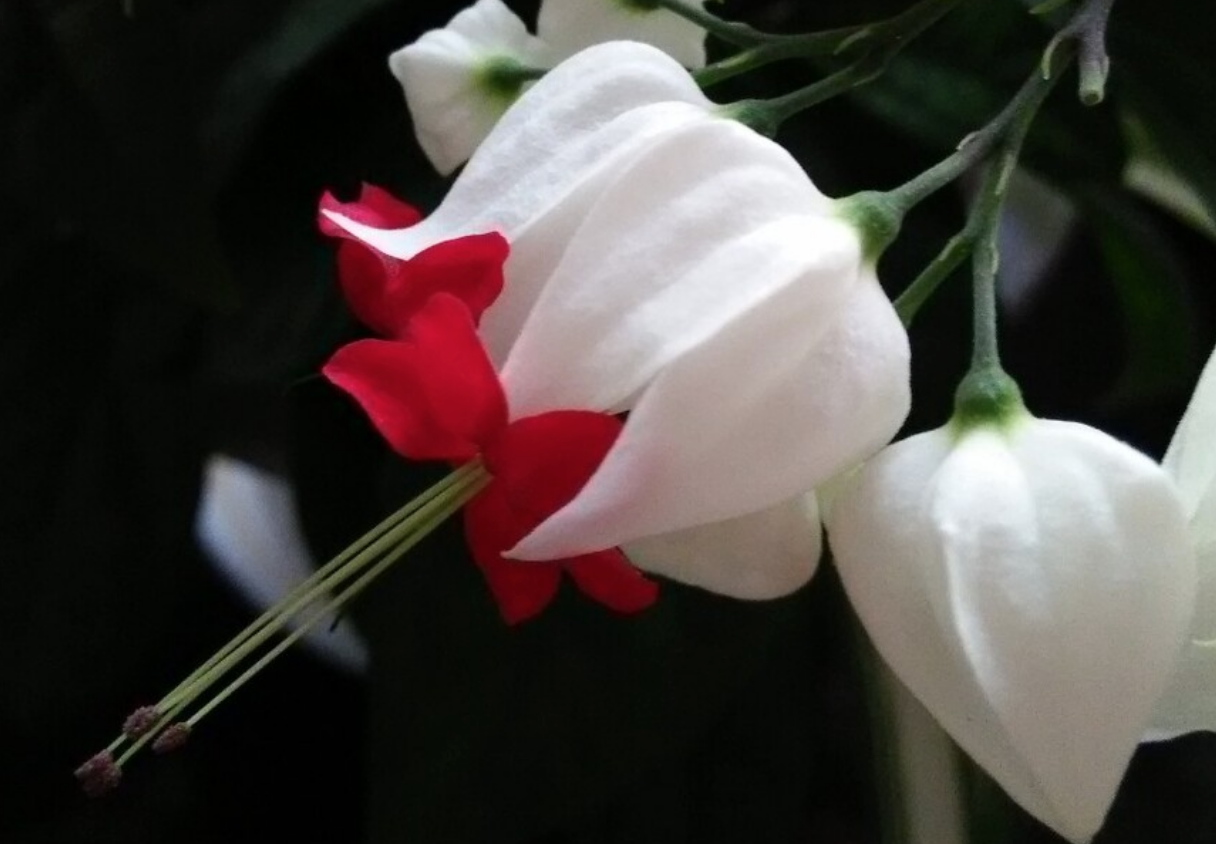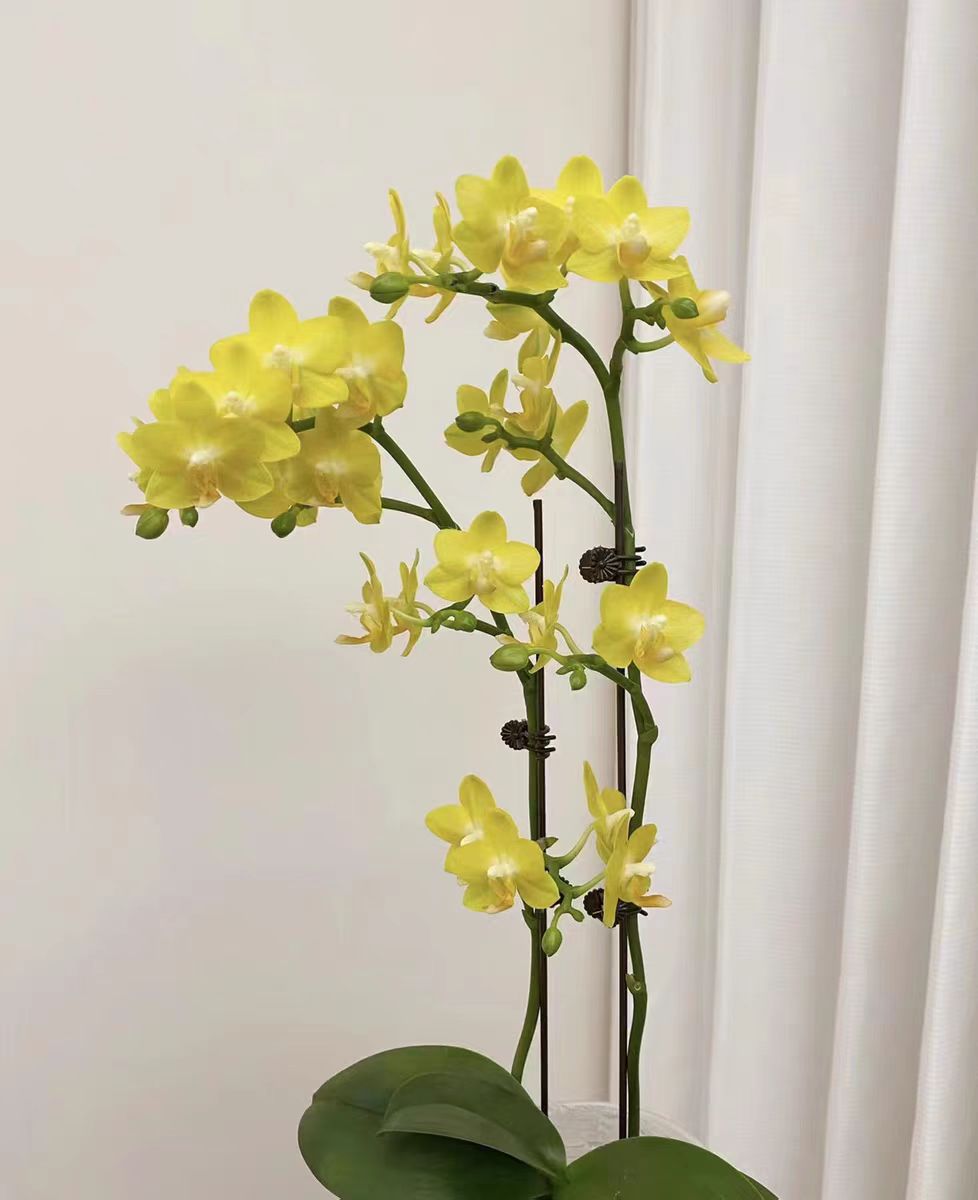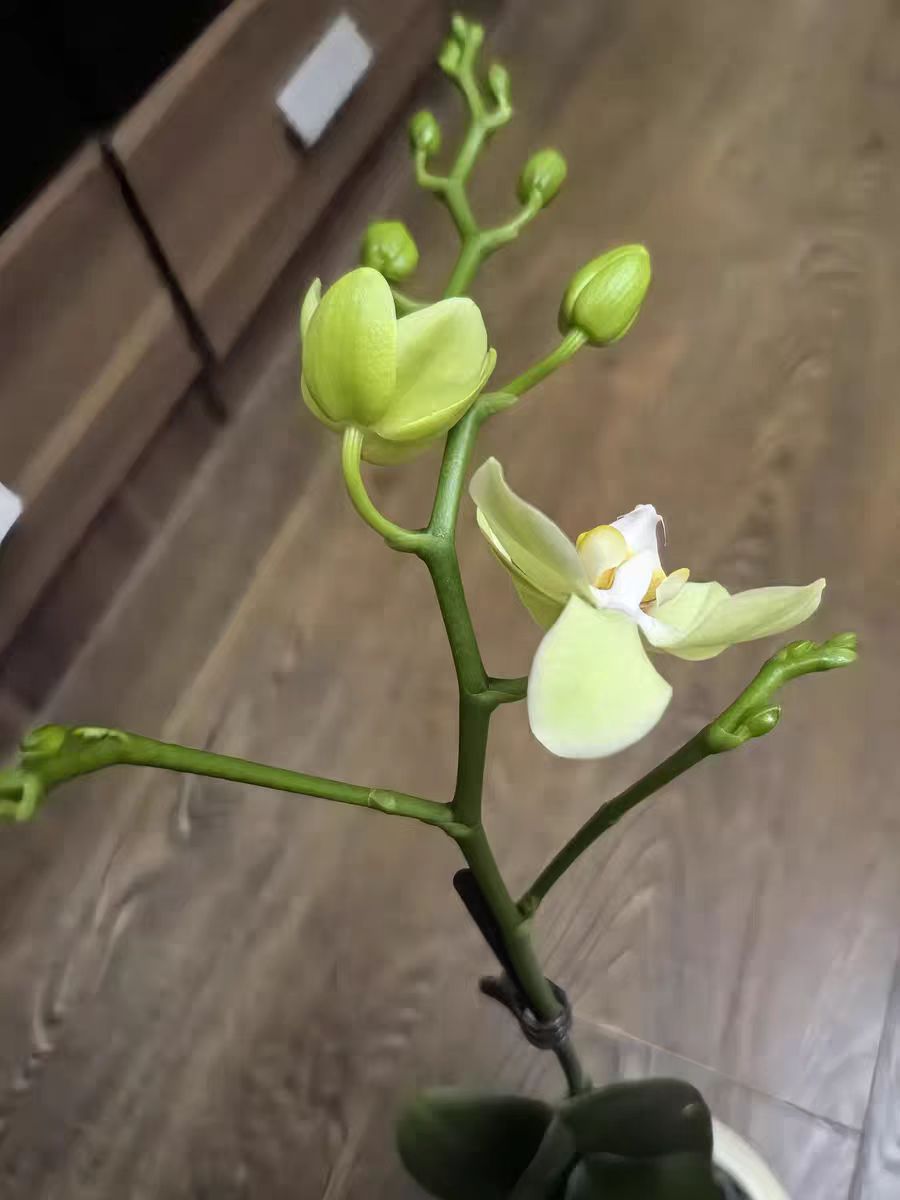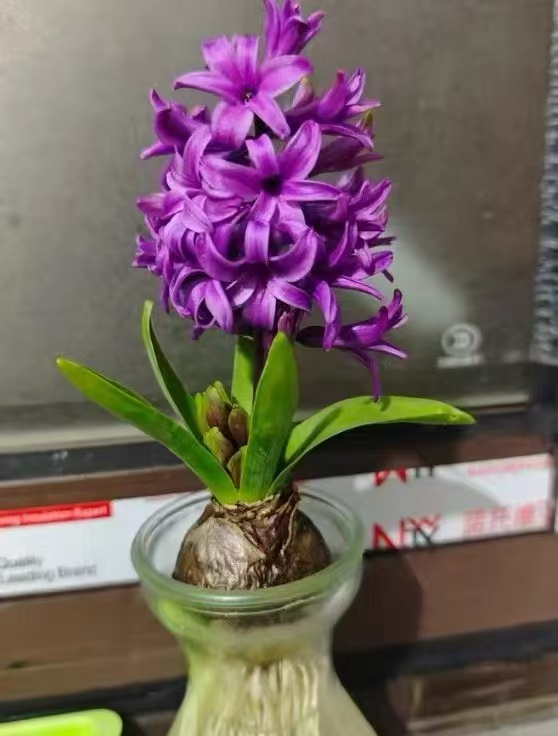Clerodendrum thomsonae, a plant with a name that sounds full of mystery and legend, is also known as Pearl Pagoda, Unicorn Spitting Pearl, Gui Lan, Pearl Treasure Grass, Pearl Pagoda, Dragon Ball Grass, Striped Trumpet Flower, and Dwarf Trumpet. It is native to tropical West Africa. It is an evergreen weak vine-like herbaceous plant. The stem is quadrangular, with many slender and soft branches. The leaves are opposite, oblong, with gradually pointed tips and nearly circular bases. They have entire margins, are papery, have a dark green surface on the front and a light green back. The glandular dots are not obvious.
Regarding whether Clerodendrum thomsonae is toxic, this mainly depends on its species and individual differences. In most cases, Clerodendrum thomsonae is a non-toxic plant and does not cause direct harm to the human body. However, some people may have allergic reactions to its leaves or stems, such as red and swollen skin and itching. Therefore, when coming into contact with Clerodendrum thomsonae, we still need to be vigilant, especially for those who are known to be allergic to plants.
Next, let's take a look at whether the fruits of Clerodendrum thomsonae are edible. First of all, it needs to be clear that the fruits of Clerodendrum thomsonae are not common edible fruits but a part of the plant's reproduction. Although the fruits of Clerodendrum thomsonae may look tempting, their taste and nutritional value are not suitable for human consumption. More importantly, the fruits of Clerodendrum thomsonae may contain some substances harmful to the human body, such as alkaloids, flavonoids and other compounds. When consumed in large quantities, these substances may have adverse effects on the human digestive system, nervous system, etc. Therefore, we strongly recommend that you do not try to eat the fruits of Clerodendrum thomsonae.
Although the fruits of Clerodendrum thomsonae are not suitable for consumption, this does not prevent us from admiring its beauty. Here are some suggestions for safely admiring Clerodendrum thomsonae: When admiring Clerodendrum thomsonae, try to keep a certain distance and avoid directly touching or coming into contact with its leaves and stems to reduce the risk of allergic reactions. When purchasing or planting Clerodendrum thomsonae, you can choose those artificially selected and known non-toxic varieties to reduce potential risks. Friends with children or pets at home should pay special attention to ensure that they do not accidentally eat the fruits or leaves of Clerodendrum thomsonae. If allergic reactions or discomfort symptoms occur after accidentally coming into contact with Clerodendrum thomsonae, seek medical attention immediately and inform the doctor of the contact history.
In conclusion, Clerodendrum thomsonae is a beautiful and mysterious plant. Although its fruits are not suitable for consumption and there may be potential risks, as long as we adopt the correct way of appreciation and pay attention to safety protection measures, we can safely admire its beauty!
Can the fruits produced by Clerodendrum thomsonae be eaten?

Share with
Tagged in :




Leave a Reply